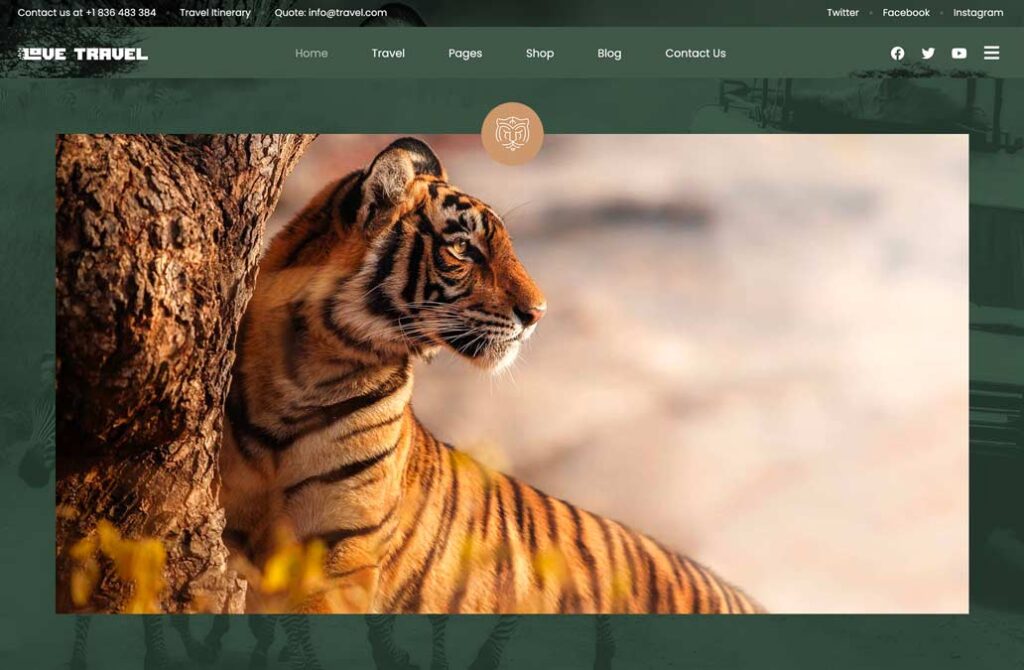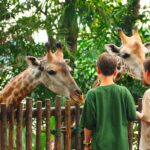Birding Costa Rica: tips
Birding in Costa Rica is an unforgettable experience — with over 900 bird species, it’s a top destination for birdwatchers. Here are practical tips to help you get the most out of your birding trip:




Planning and preparation
- pick the right time:
- Dry season vs wet season: in theory dry season in Costa Rica is from half November to April; the rest of the year being wet season. However in the last years weather has been behaving slightly different and very acurate predictions on weather in Costa Rica are becoming harder. Important is to come always prepared for rain no matter when you visit.
- bird activity: birds activity changes during the year;
- Bird feeders: if you are interested in taking pictures at bird feeders the month of October, November, December, January and February are the best…during other months feeders will still attract birds but less birds will show up
- breeding: there is no sharply defined period during which birds breed in the tropics but at the end of the dry season (around March -April) is a time when a lot of breeding of fruit-eating birds occur in Costa Rica. This means birds will tend to visit feeders less and become more secretive…However photography of Resplendent Quetzal is best at an active nest (at respectacble distance) around end of March – April.
- Migrations: North American migrants (like Warblers, Vireo’s, many species of Shorebirds and raptors) will arrive in Costa Rica around September – October. Some species will stay to winter in Costa Rica; others will continue further South. At the end of March and during the month of April the opposite movemoent will take place and the migratory birds will return to their breeding grounds.
2. Choose diverse habitats
Try to cover as much diversity in habitats as possible and make sure to include the 4 important “ecozones” of Costa Rica:
- Caribean lowlands: high species diversity with good represnettaion of some iconic neotropical families like Toucans, Motmots, Woodcreepers, Antbirds,….
- South Pacific lowlands: high biodiversity and presence of several interesting endemic species
- Dry Northwest: completely different ecosystem then the rest of Costa Rica with typical avifauna of the tropical dry forest
- Highlands: less biodiversity but a high degree of endemism. The place to look for the spectacular rtesplendent Quetzal
Also try to incorporate some transitional zones since they tend to be the most diverse areas in Costa Rica with often influences from more then one ecozone…examples are the middle elevation rainforest in the Arenal area, Bijagua, San isidro del General,…




3. Use local guides
We can not emphesize enough the importance of the use of local guides. good local birders will be familiar with their area and therefore know where to find the good local specialties. besides that they often also know day roosts for night active birds. Not only will your birding experience be more productive with a local guide but you will also stimulate the local economy in a remote area that often has limited jobs available and will stimulate local people to conserve bird habitat.
Aratinga Tours can help to hook you up with experienced Local guides that will be English-speaking, and will come well equipped with telescope, binoculars, green laser pointer and birdcalls.
Please let us know how we can help you with your Costa Rica birding tour















